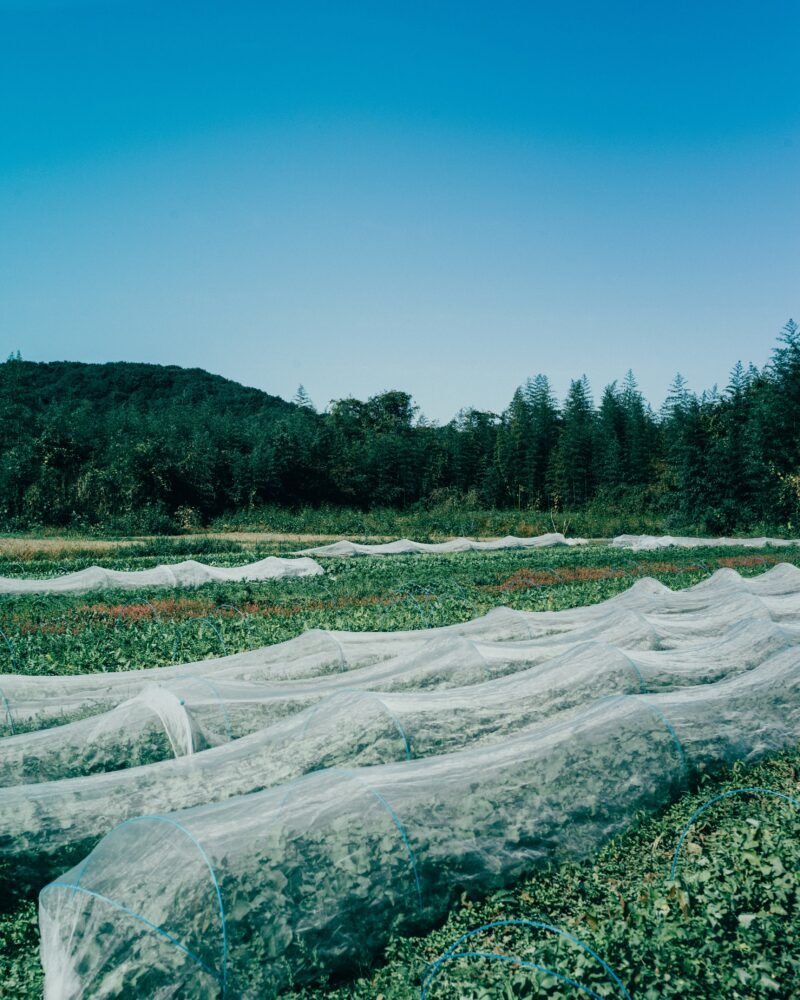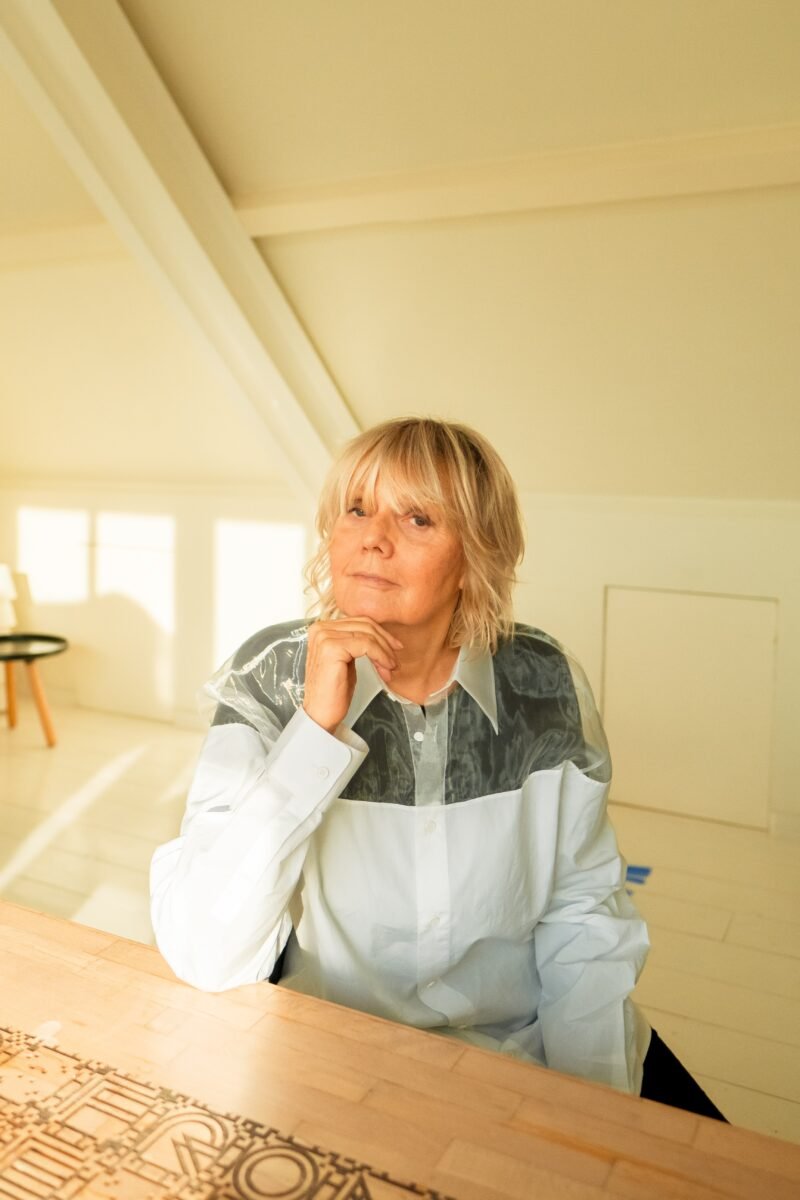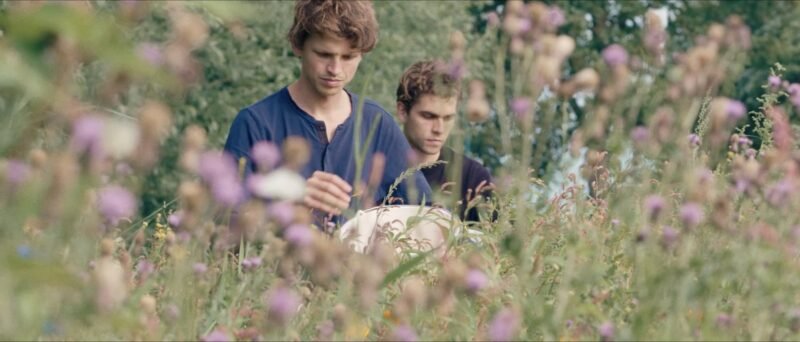One Fish’s Trash, Another Plant’s Treasure: The Magic Of Aquaponics

Aquaponics is based on an elegant water loop between fish and plants. Fish waste provides nutrients for the plants, while plant roots filter water for the fish. Plants are fertilized organically and the need for fish waste disposal is eliminated. Aquaponics reuses water very effectively and has a lower environmental footprint compared to other fish and plant growing operations. It is ideal for areas with water scarcity issues and concerns over pollutants and chemicals in plant production. The scale of systems can range from commercial to home use, which makes aquaponics a viable option for urban farmers.

Micro Farm is the brainchild of French designer Damien Chivialle. An aquaponic system is created by placing a greenhouse atop a 20-foot ISO shipping container, fitting nicely into the recent container urbanism trend. Chivialle’s open-source project aims to increase sustainable food production in the city with aquaponics units that can fit easily into urban spaces. Currently, units are operating in Switzerland, Germany and Belgium, with more planned for France and Portugal.

Amsterdam-based cultural institution Mediamatic has started a collective for aquaponics. The group is rich with information and resources. They run regular workshops with updates on their blog. Locals can take part in running the system on-site, or learn how to build their own. Similar groups have sprung up like Growing Power in the US. These collectives help to increase public awareness and expand the knowledge base for aquaponics.



